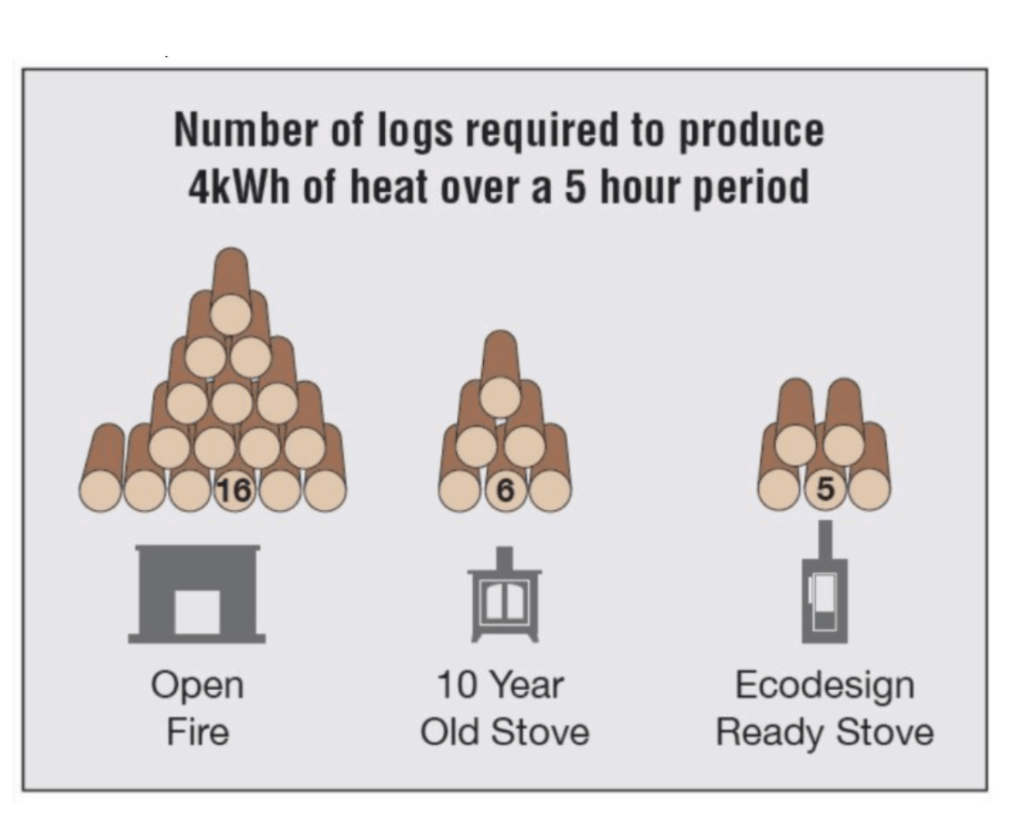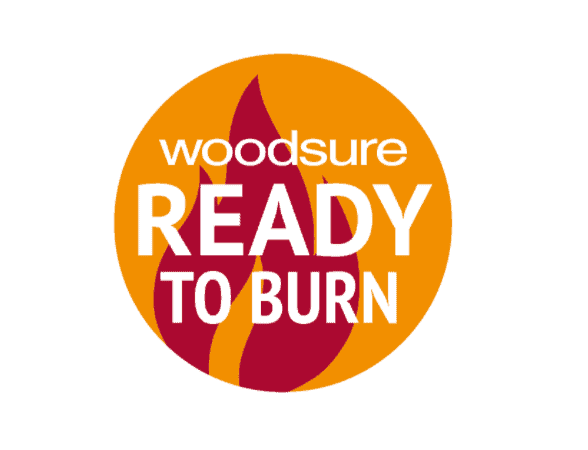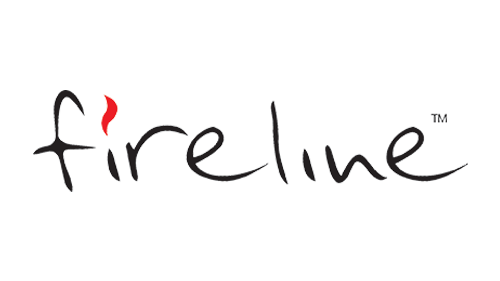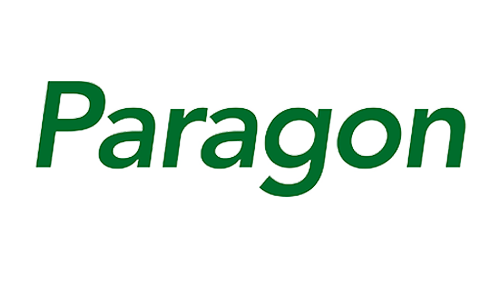We may be heading into the summer, but now is still a good a time as any to realise just how incredible your stove is – as long as you do the right things!
All the stoves in the Charlton & Jenrick range are both Ecodesign and ClearSkies approved, ensuring they are built for optimal efficiency. While an open fire typically operates at around 20% efficiency, an Ecodesign stove boasts an efficiency of over 80%.
The diagram below illustrates the efficiency difference between an Ecodesign Ready stove and an open fire.

While your Ecodesign Ready stove is engineered for maximum efficiency, there are a few key points to follow to ensure you’re getting the most out of it.
Refuelling Your Fire
When adding logs, position them in the centre of the fire, away from the rear, sides, and glass. This helps to keep the glass and fire liners cleaner for longer. Always use stove gloves when opening the door, adding wood, or adjusting controls for safety and comfort.
The RIGHT Wood
Hardwood logs are the best choice for an efficient burn. But it’s not just about the type of wood; moisture content is crucial too. The moisture level should be no more than 20%. Using wood with higher moisture (often called wet or green wood) leads to inefficient burning, increased tar buildup in the flue, and greater risks of chimney fires and carbon monoxide poisoning. On the other hand, wood that’s too dry may burn too quickly, wasting heat. Look for “Ready to Burn” wood with a Woodsure quality assurance label. Since May 2021, all wood sold in quantities under 2m³ is required by law to be labelled as “Ready to Burn” to help buyers avoid purchasing wet wood.
Following these simple steps will ensure your stove runs efficiently, safely, and sustainably.
Fuels NOT to use on your stove:
House Coal – The sale of traditional house coal (also known as bituminous coal) was banned in England from 1st May 2023 (but not in Scotland or Wales). Anthracite coal, semi-anthracite coal and low volatile steam coal is still available for sale.
Smokeless Coal/Briquettes – Over time, the chemicals in the smokeless coal and briquettes can discolour the fire and can cause a range of other problems, as a result, it’s recommended that you avoid these fuel sources.
Painted or preserved woods – Burning such wood can release very toxic chemicals into the atmosphere, which are a direct threat to air quality. Furthermore, the chemicals can also damage and discolour the inside of your fireplace.
Newspaper and card – Paper and card burn very quickly and can easily float up the chimney (when lit) and ignite creosote/tar currently residing in a flue, possibly causing a fire. Burning both should be avoided.
Storing Firewood:
As a general rule, freshly cut wood should not be stored indoors. However, firewood should be brought inside a day before it is to be burned. If you have the space, an outdoor shed is the ideal storage solution. If not, ensure the wood is stored in a dry, well-ventilated area that is protected from dampness and rain. Proper airflow around the logs is crucial, so make sure air can circulate beneath and around them. Cross-stacking wood is the most effective method for this. Avoid stacking it too high unless it is supported by a dry wall.
Garages are not recommended for firewood storage due to the potential fire risks, and firewood should never be stored directly on the ground without some support, as this can trap moisture and hinder proper seasoning. The key to successful storage is keeping the wood dry and allowing adequate airflow.
It’s never too late to start seasoning your own firewood. By beginning now and gathering your own wood, you’ll have a well-seasoned supply in a year or two, ensuring you’re prepared to stay warm throughout the colder months.









